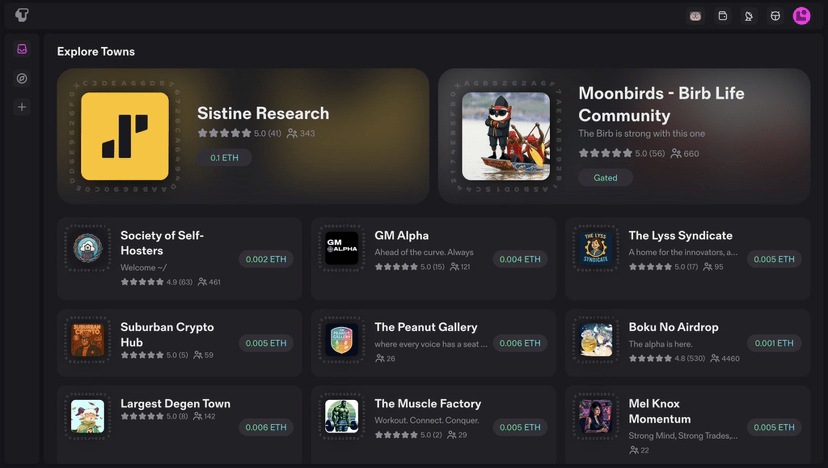Does having a token mean having use cases? This statement often fails in infrastructure. Caldera's approach is relatively pragmatic: directly binding ERA to the usage scenarios of Metalayer—fees generated from cross-rollup interactions, validator staking and security, as well as governance. In other words, when applications truly run cross-chain messages and asset flows on Metalayer, ERA will be settled in reality, not just an empty 'story token'. Several educational and trading platforms also define ERA as the native utility and governance token of the Caldera ecosystem.
First, let's look at payment and settlement. Metalayer is responsible for connecting the 'commute routes' between Rollups; every cross-chain call, cross-chain asset transfer, and cross-domain execution essentially requires a 'toll'. These fees are settled in ERA—this strongly binds the token value to the real usage of the network: the more vehicles on the road and the more settlements, the stronger the presence of ERA.
Next, let's look at security and staking. The operation of Metalayer requires a group of gatekeepers to maintain activity and honesty; validators (or equivalent service nodes) need to stake to participate in the network and receive rewards based on their workload and quality; conversely, negligence or misconduct will be punished. Here, ERA serves both as a participation certificate and an economic constraint, ensuring that the 'road network' remains orderly.
The third aspect is governance. From cross-chain fee parameters, priority queues to the admission of basic components, the community needs an upgradable and coordinated mechanism. ERA acts as a governance ticket, allowing those who truly participate in Metalayer long-term to clarify 'where the money comes from and where it goes'. You can think of it as a combination of 'shareholder meetings + transportation committees'.
Caldera is referred to as RaaS (Rollup-as-a-Service) because it delivers not only chains but also the production relationships 'between chains'. For builders, Caldera provides multi-stack support (OP Stack, Arbitrum Orbit, Polygon CDK, ZK Stack) and allows them to naturally interoperate through Metalayer. If the token layer cannot 'flow with the traffic', it becomes a mere decoration; the design of ERA attempts to convert every cross-domain operation into measurable revenue.
From an ecological perspective, the exchange and data platform have included ERA, which has given it basic visibility and liquidity anchors; this is a necessary condition for 'affordable and manageable settlement', but not a sufficient condition. The real sufficient condition is: there are continuous real orders on Metalayer—cross-domain clearing in DeFi, cross-chain asset migration in games, cross-chain identity writing in social applications, etc.
You might ask, 'How does this economy expand?' A feasible path is to make Metalayer a 'developer-friendly highway': launching end-user tools (such as smart routing/bridging aggregators), SDKs, and standards to lower the barriers to cross-chain calls. Caldera's official channels have already been previewing and promoting the first batch of consumer-grade products and development kits based on Metalayer, aiming to make 'interoperability' a routine action rather than a hardcore engineering project.
Risks and boundaries must also be clarified. Cross-chain operations have never been zero-risk businesses; Metalayer contracts have undergone audits and continue to upgrade, but the application side still needs to manage limits, establish risk control whitelists and rollback strategies; at the token level, governance must also avoid short-sighted behavior such as 'arbitrarily adjusting fee rates'. The value of infrastructure ultimately depends on long-term usage and stable supply.
If we compare Metalayer to a 'multi-chain subway network', then ERA is the subway transit card—both a pass and a governance tool. As long as the trains are running and the lines are expanding, the transit card is not a mere decoration, but a vehicle for the cash flow and order of the entire system.
